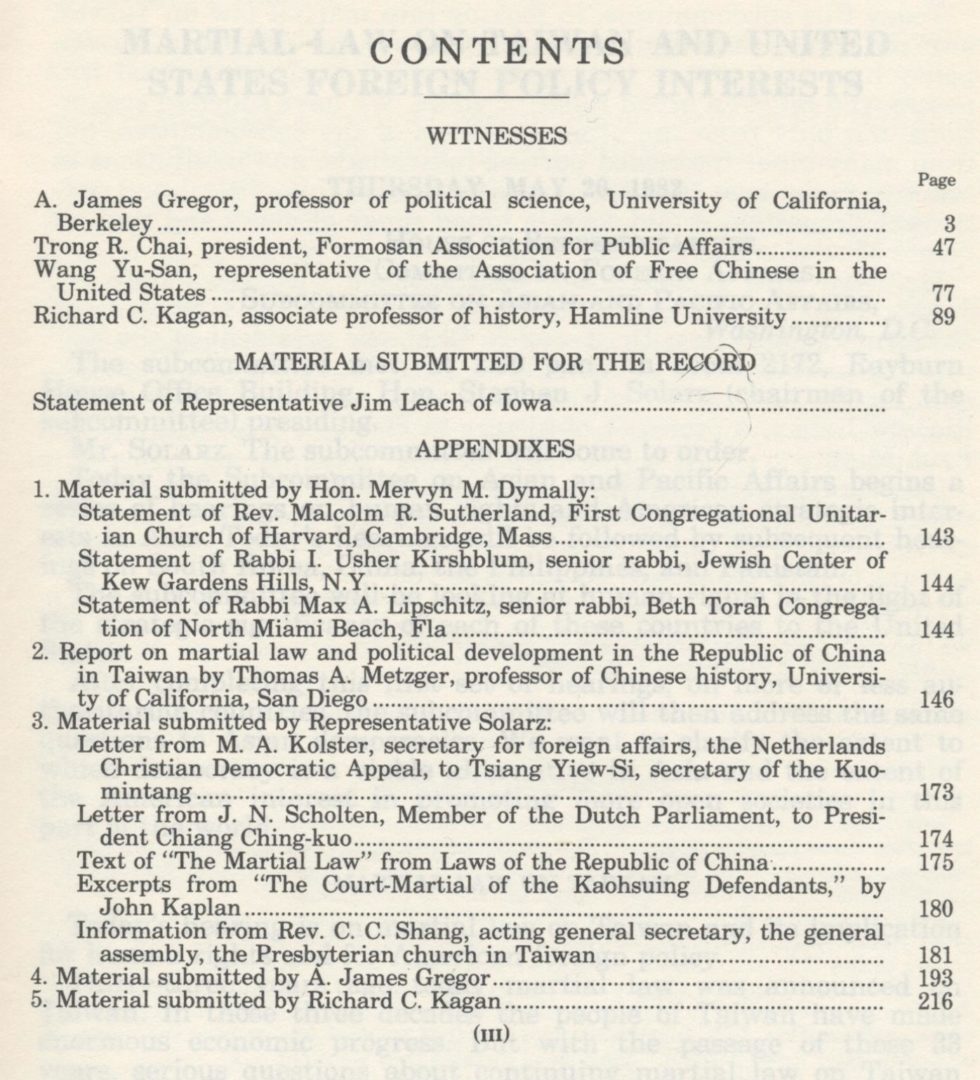

Organize conferences that feature exchanges among experts from the United States, China and Taiwan on issues of common interest įacilitate issue-focused study tours for Taiwanese scholars and legal professionals Hold Chinese and English language workshops as well as public programs about Taiwan’s legal development for NYU Law students and faculty as well as the wider intellectual community Host visiting scholars and practitioners from Taiwan who are researching various aspects of Taiwan’s legal system, including criminal justice, human rights, legal institutions and public interest law Publish scholarly books, articles and op-eds on Taiwan’s legal developments and current legal debates By exploring Taiwan’s experiences, the Initiative also seeks to stimulate reform efforts to address similar challenges facing mainland China and other places in the region. It aims to promote academic and popular understanding of Taiwan’s achievements and challenges on its path to the rule of law. martial law, temporary rule by military authorities of a designated area in time of emergency when the civil authorities are deemed unable to function. The Taiwan Rule of Law Initiative of the U.S.-Asia Law Institute was established to foster the study of Taiwan’s legal evolution. However, Taiwan’s experiences have been under appreciated by the world. This book is co-published by Shung Ye Museum of Formosan Aborigines, University of California, Berkeley and National Taiwan. They have also confronted similar problems that frustrate the justice system, and yet Taiwan has made inspiring progress. The PRC and Taiwan share features of the continental European legal system as well as an authoritarian legal tradition. This dynamic process not only matters for Taiwan’s 2.3 million people, but also has broader implications for the region, especially the People’s Republic of China. The changes have not come easily, and improving the rule of law and human rights protections is a daily struggle for reformers on the island. It has made impressive progress in judicial reforms and developed relatively robust legal institutions. Taiwan started to have “vital media, a strong opposition, lively party politics, and judicial independence… there no turning back now.” Even the KMT, who adopted Taiwan as their home, started to see themselves as Taiwanese rather than Chinese after 40 years of no contact with the mainland.Taiwan’s legal landscape has changed tremendously since the lifting of martial law in the late 1980s. The democracy was “immature, lousy, chaotic”.

There are mixed views about this time period, but it was the start of democracy even if “To survive, the party had to identify with this land, this people – so democracy was the only way for Taiwan to survive.” However the transition was peaceful compared to the violent martial law transitions of South Korea and the Philippines. Martial law was lifted a year later.Įven after martial law was lifted, some restrictions still applied because the National Security Law was passed, which limited freedom of assembly among other things. An opposition party, the Democratic Progressive Party (DPP) was established in September 1986.
#Taiwan martial law full#
By the 1980s, after Chiang Kai-shek’s death in April 1975, opposition forces and citizen protest movements were in full swing. Taiwan in the early 1960s was very militarized, but as time went on, the people started to slowly break down the restrictions of martial law. The secret police, known as the Taiwan Garrison Command, arrested anyone critical of the government and were blacklisted. Civilians were tried in military court, people’s thinking and reading were controlled, and no freedom of expression.
#Taiwan martial law free#
The KMT government and 2 million troops had fled to Taiwan after losing the Communists during the Chinese civil war.ĭuring this period of martial law, there were no political parties, no human rights, and no free speech. The Nationalists Kuomintang (KMT) still had a strangle hold on Taiwan’s political system, but this was the beginning of political liberalization and the roots of Taiwanization.Ĭhiang Ching-kuo lifted martial law over Taiwan in July 1987, 38 years after his father, Chiang Kai-shek, removed all power from the executive, legislative and judicial branches of government in May 1949.

So in toppling these high walls and breaking into the ruins, even without the threat of imprisonment, people still needed to be courageous. The 228 Incident, referring to February 28, was the prelude to the era of White Terror from 1949 until martial law lifted in 1987, when dissidents and intellectuals were imprisoned or executed.

Over such a long stretch of time, it became engrained in the consciousness of most people. It was declared a “watershed moment in its democratization”, but there was no jubilation or dancing in the streets. Taiwan was under martial law for more than 38 years.


 0 kommentar(er)
0 kommentar(er)
